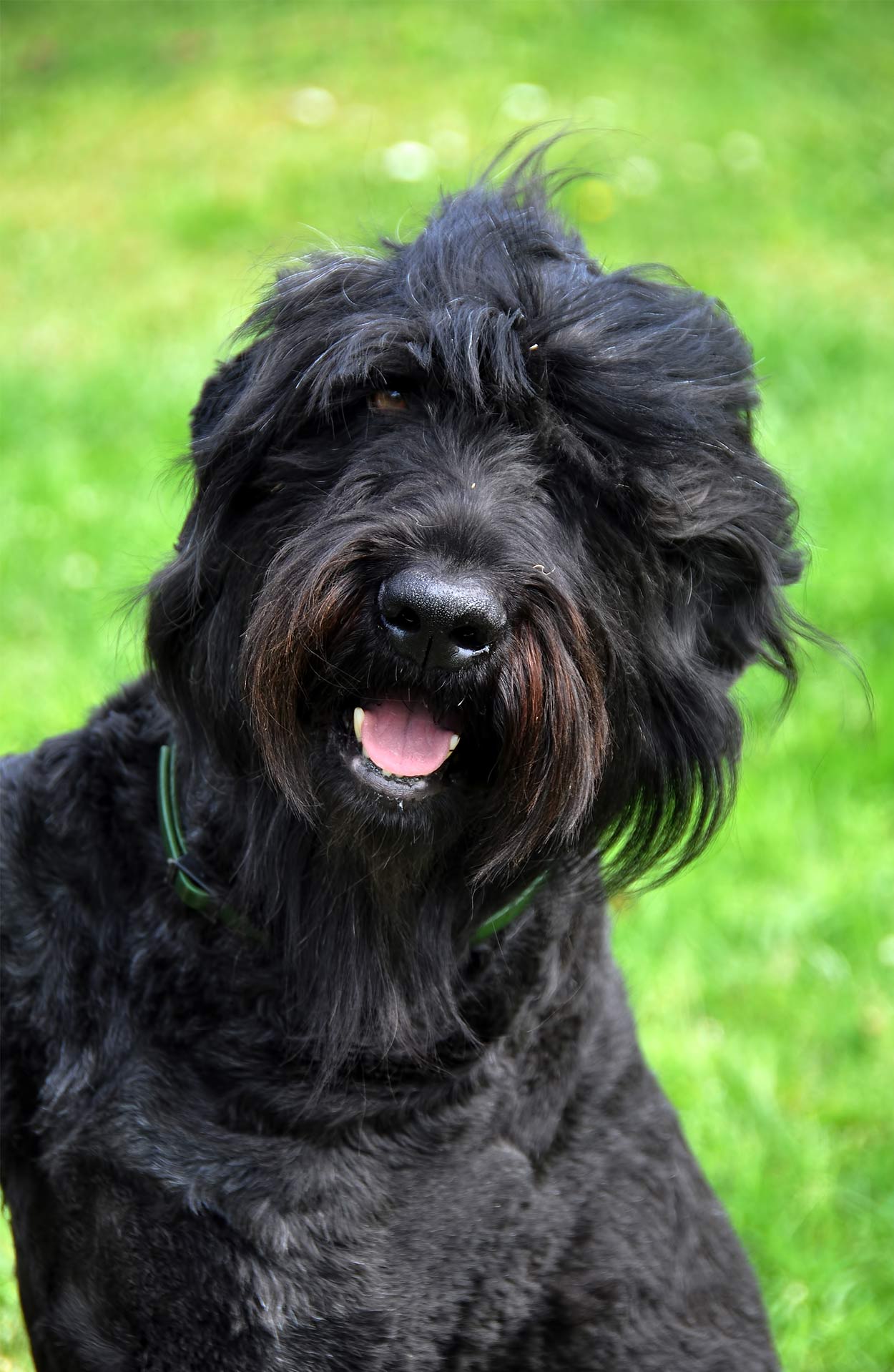
(Note that this "C locus" may not be the same as the one identified in other animals, SLC45A2.) Speculative gene locations may also exist, so a Mastiff may be "I" (apricot) or "i" (non-apricot) and perhaps "c ch" (silver lightening) or "C" (without silver lightening).
/harlequin-great-dane-chorley-park-toronto-ontario-canada-113192943-58444f683df78c0230df776a.jpg)
On a Mastiff, this would appear on mask, ears, and any brindling that was present. The possible combination of homozygous brown and homozygous blue is a pale brown referred to as Isabella in breeds where it is relatively common. To allow for the rare exceptions we must include "b" (brown mask and possible brown brindling), "d" (blue mask and possible blue brindling), "s p" (pied spotting), and perhaps "a" (recessive black). This describes a dog which is fawn with a dark nose, non-dilute, black-masked, non-harlequin, brindled or not brindled, non- merle, and non-spotted. On the basis of what is known (and remembering that, as dogs are diploid animals, each gene location ( locus) appears twice in every animal, so questions of dominance also must be resolved), the gene possibilities allowed by the Mastiff standard are A yBDE mh(k br_or_k y)mS. The genetic basis for the variability of coat in dogs has been much studied, but all the issues have not yet been resolved. Most of the colour faults are recessive, though black is so rare in the Mastiff that it has never been determined whether the allele is recessive or a mutation that is dominant. Apricot is dominant over fawn, though that dominance may be incomplete. Brindle is dominant over solid colour, other than black, which may no longer exist as a Mastiff colour. This is not generally considered a fault. Some Mastiffs have a heavy shading caused by dark hairs throughout the coat or primarily on the back and shoulders. Other non-standard colours include black, blue brindle, and chocolate (brown) mask. The brindle markings should ideally be heavy, even and clear stripes, but may actually be light, uneven, patchy, faint or muddled. The apricot may be a slightly reddish hue up to a deep, rich red. The fawn is generally a light "silver" shade, but may range up to a golden yellow. The colours of the Mastiff coat are differently described by various kennel clubs, but are essentially fawn or apricot, or those colours as a base for black brindle. The black mask is visible even on this brindle. The Mastiff has a distinctive head with dewlap and flews. English Mastiff colours are apricot-fawn, silver-fawn, fawn, or dark fawn- brindle, always with black on the muzzle, ears, and nose and around the eyes. The AKC considers a long coat a fault but not cause for disqualification. Long-haired Mastiffs, known as "Fluffies", are caused by a recessive gene - they are occasionally seen. The former standard specified the coat should be short and close-lying. A typical male can weigh 150–250 pounds (68–113 kg), a typical female can weigh 120–200 pounds (54–91 kg), with very large individuals reaching 300 pounds (140 kg) or more. The AKC standard height (per their website) for this breed is 30 inches (76 cm) at the shoulder for males and 27.5 inches (70 cm) (minimum) at the shoulder for females. The length of the body taken from the point of the shoulder to the point of the buttock is greater than the height at the withers. The body is large with great depth and breadth, especially between the forelegs-which causes these to be set wide apart. Though the Irish Wolfhound and Great Dane can be more than six inches taller, they are not nearly as robust. It is on average slightly heavier than the Saint Bernard, although there is a considerable mass overlap between these two breeds.


With a massive body, broad skull and head of generally square appearance, it is the largest dog breed in terms of mass. It is the largest living canine, outweighing the wolf by up to 50 kg (110 lbs) on average. Throughout its history the Mastiff has contributed to the development of a number of dog breeds, some generally known as mastiff-type dogs or, confusingly, just as "mastiffs". Following a period of sharp decline, the Mastiff has increased its worldwide popularity. The lineage of modern dogs can be traced back to the early 19th century, but the modern type was stabilised in the 1880s and refined since. Distinguished by its enormous size, massive head, short coat in a limited range of colours, and always displaying a black mask, the Mastiff is noted for its gentle and loving nature. It is likely descended from the ancient Alaunt and Pugnaces Britanniae, with a significant input from the Alpine Mastiff in the 19th century. The English Mastiff, or simply the Mastiff, is a British dog breed of very large size. Apricot-fawn, silver-fawn, fawn, or dark fawn-brindle


 0 kommentar(er)
0 kommentar(er)
